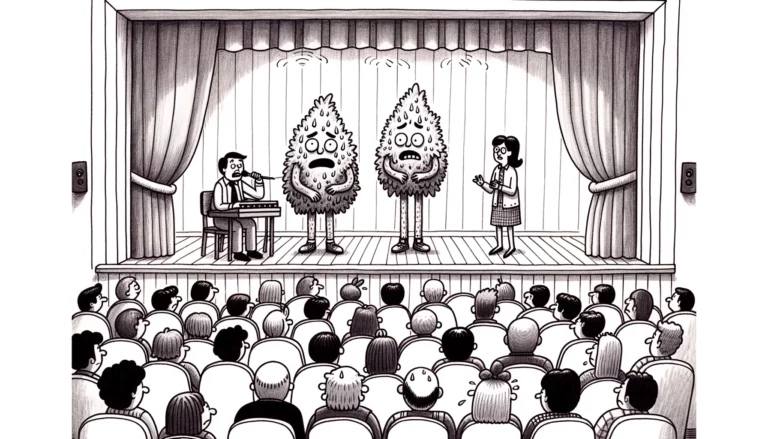The Main Pillars Of Literary Fiction
It is often the case that literary fiction is seen as the gold standard when it comes to fiction. The reason for this is that it supposedly defies all of the formulae and conventions of the genre. If that is true, then it makes defining what exactly is literary fiction very difficult. Knowing if something belongs to romance or horror genres is quite straightforward given that they typically contain specific tropes within them that only appear within those genres.
In order to work out if a piece of work can be classed as literary fiction, then it is important to understand the various pillars that make it up. Each of these are listed below in more detail and include:
- Literary genre – contemporary / modern mimetic realism.
- Literary style – idiosyncratic, attention grabbing prose.
- Literary mode – counterintuitive, unintuitive, or unconventional application of story structures and elements.
- Literary attitude – an iconic or grave approach and tone to a story’s tone. The author might even adapt the same attitude when it comes to the composition process.
Literary genre
Genre fiction includes any story that has elements within it that are not realistic or clearly identifiable genre tropes. Any stories that contain violent or erotic content are sometimes not considered as literary fiction. That being said, these elements are allowed when part of a realistic and thoughtful narrative, and not just there to sell the book.
This means that horror, fantasy, and sci fi books cannot be considered as literary fiction as they contain elements that are fantastical. However, there is an exception to this rule and that is if the work is of either magical realism or surrealism. So if there are any fantastical elements present, they must be grounded within the real, contemporary world.
Thrillers, westerns, mysteries, and romance books are also forbidden but that is for other reasons. The reason why these cannot be considered as literary fiction is because they follow recognisable story structure and feature familiar character archetypes, thus seriously limiting the opportunity for exploration of the narrative.
What can be considered as literary fiction are those works that mimic everyday real life – contemporary / modern mimetic realism. Basically, this is any story that is set within the present day and describes normal life lived by normal people. Typically, these types of works are drawn from the experience of the author.
Literary style
This is how attention grabbing, self conscious, and experimental prose are used within a piece of work. Typically, this is applied at both the level of sentence structure and word choice. The sentence may be muscular or spare, or long winded or ornate, or even a mixture of both of these styles.
Whatever else it is, the literary style will require the reader to pay attention and be fully focused at the sentence level and, sometimes, even at the expense of the narrative. An example of this can be found in the work of the author Cormac McCarthy who very much has a bombastic style which changes between unfettered minimalism and brutalist minimalism.
Working with a highly experienced editor can help to develop a style that is perfect to be considered a piece of literary fiction. To find a good literary fiction editor, follow the link.
Literary mode
This upends the more conventional approaches to narrative structures and elements. For example, in the literary mode, the story will begin in the middle of things rather than at the start or even at the end. The focus will be on characters that are realistic to real life and even, in some cases, totally loathsome.
There will be no single protagonist and instead there are multiple different characters that all take an equal lead within the story. However, they will mostly be passive, with the narrative happening to them rather than because of them. Equally the narrative will focus on the inner conflict that they face.
The plot of the story is not central to it and the traditional narrative structure is avoided in order to be less predictable. The pace is slow and it meanders / dawdles along, focusing on some of the most minutiae details experienced in everyday life. The characters remain the same throughout and do not change at all.
They do not learn anything and instead it is the job of the reader to work out what it is they did not learn and how that has kept them in the same place. That, or the character has a moment of disenchantment or loss of innocence at the end of the story and realizes they will never achieve their goal.
Literary attitude
How the author approaches the tone of the story is what is meant by the literary attitude. It is something that is either influenced by a cynical irony of postmodernism or a hopelessness of modernism. The work has an open ending that is dark, unhappy, and ambiguous in nature, thus leaving the reader with lots of unanswered questions.
It could be the case that the story proposes some sort of radical ideology that differs from what the status quo is. Most works of literary fiction adopt this approach and so you would be hard pressed to find a book that has a tone that is hopeful or characters and subject matters that are also hopeful.
Famous examples of literary fiction
One of the most famous examples of authors that specialized in writing literary fiction is the great Ernest Hemingway. For instance, his works feature no fantastic or genre tropes at all. His writing style is attention grabbing and idiosyncratic which is why his style is so often parodied by other writers.
Many of the characters in his books were very unlikeable and the plots meandered along to the point that they were basically non-existent. However, there is one expectation to this and that being The Old Man in the Sea (a Nobel prize winner). Whilst The Sun Also Rises is a great book, it does have a tone that is self serious and hopeless.







